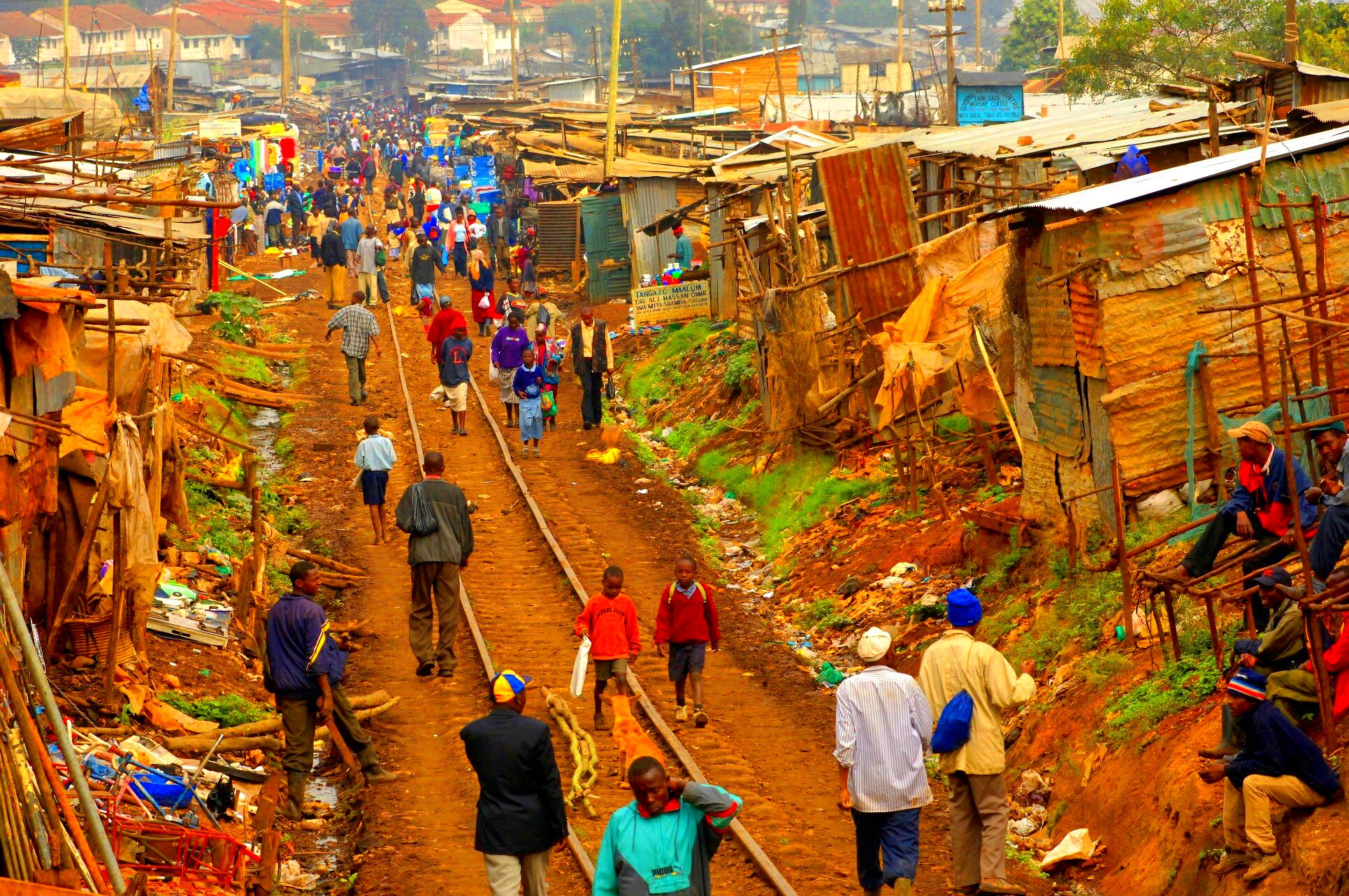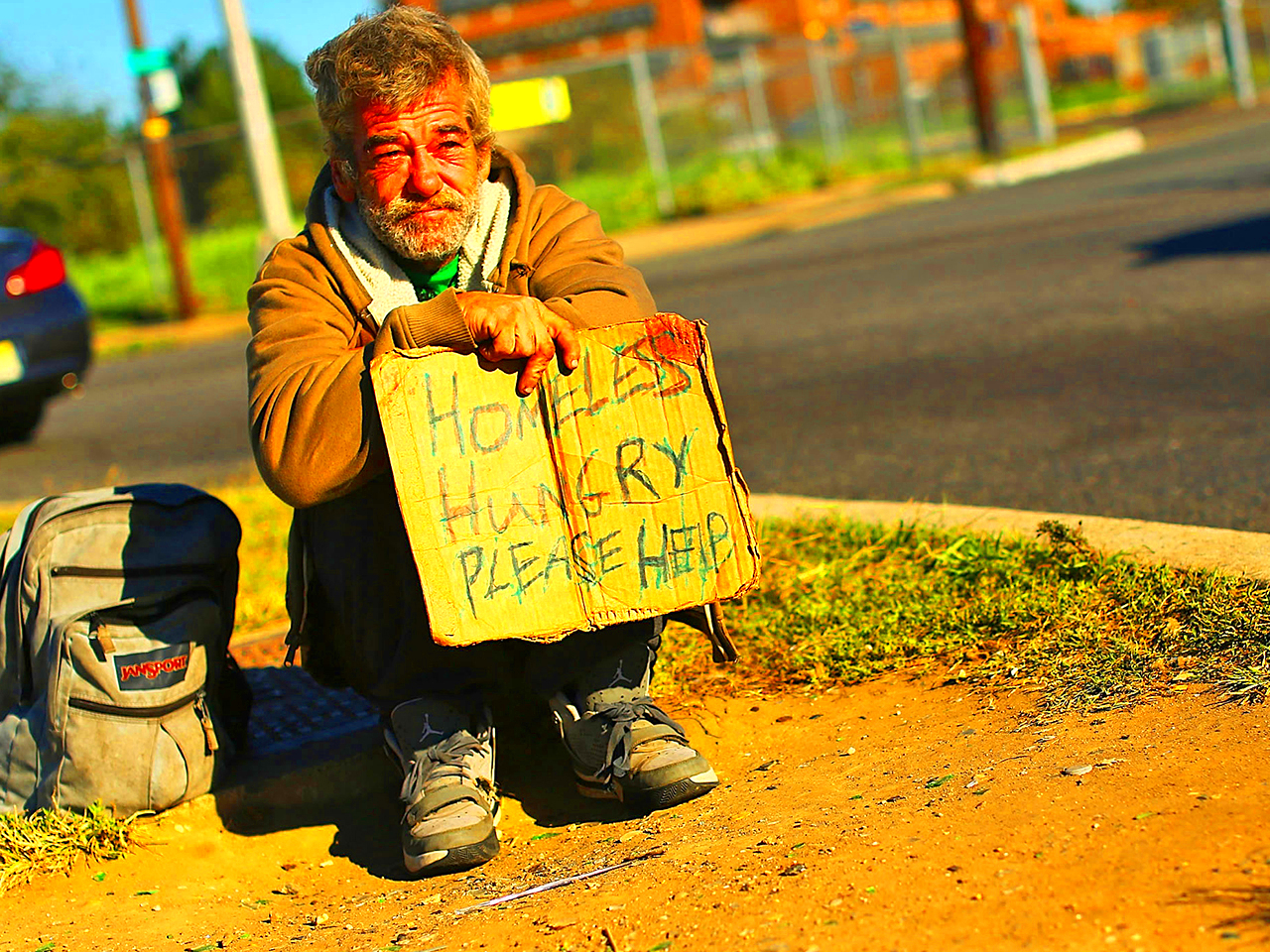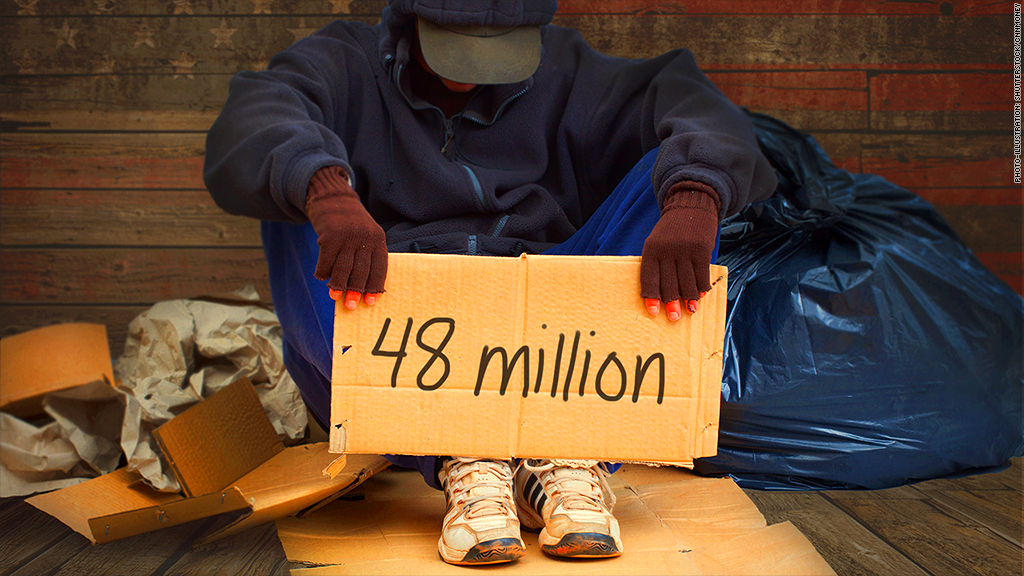Poverty is such a social challenge that it impacts daily life of people and their families, particularly in African American communities. Its implications for basic amenities, education and medical care can create an unending vicious cycle. It is important to understand these effects for one to develop compassion towards the issue and design solutions.There are many influences on poverty in many African American neighborhoods when we talk about it such as:
- Limited access to quality education: Schools in impoverished areas often lack funding, resulting in fewer resources for students.
- Healthcare disparities: Many African Americans struggle to access healthcare services, leading to poorer health outcomes.
- Housing instability: High rates of unemployment and low wages contribute to housing insecurity and homelessness.
- Food deserts: Many communities face a lack of affordable and nutritious food options, affecting overall health.
Such hurdles do not only affect individual people but also the society as a whole, making it hard to avoid the poverty cycle.
Historical Context of African American Poverty

In America, African-American’s past has been stained by institutional biases and rejection. The past must be comprehend if one wants know where the present-grade indigence come from. A few significant instances will suffice:
- Slavery: The legacy of slavery has lasting effects, including economic disparities that persist today.
- Jim Crow Laws: Segregation and disenfranchisement laws limited opportunities for African Americans.
- Redlining: Discriminatory housing policies prevented African Americans from building wealth through home ownership.
- Urban Displacement: Post-World War II policies pushed many African Americans into impoverished neighborhoods.
The backdrop for the present-day economic issues that have not gone away in African American communities has been provided by these historical injustices.
Statistics Highlighting the Current Situation

Poverty statistics representing African Americans today are truly grim. These are a few crucial figures to think about:
| Statistic | Percentage |
|---|
| Black Americans living below the poverty line | 18.8% |
| Unemployment rate among Black Americans | 8.1% |
| Households without access to a vehicle | 24% |
| Black children living in poverty | 31% |
Poverty in African American communities is a problem that can no longer be ignored and these figures clearly show that. However, one should note that these are not mere numbers for they carry stories - tragic tales of families whose lives have been altered because of deprivation.
Powerful Images That Tell the Story
Words sometimes cannot express emotions or describe stories like how
images do. For instance, when depicting poverty in African American communities, powerful
images can reveal the extent of misery that many go through. Such visuals usually generate sympathy and immediacy that propel people into taking action.Take into account the effect of:
- Documentary Photography: Photographers like Gordon Parks captured the struggles of African Americans in the mid-20th century, presenting an authentic portrayal of life in poverty.
- Photojournalism: Modern journalists often use striking images to highlight issues like food insecurity and homelessness, prompting discussions and awareness.
- Community Projects: Local initiatives often use photography to showcase resilience and strength in the face of adversity, changing the narrative around poverty.
The human story behind every statistic is what lies behind this
images that motivate change and informing everyone. Equally they give a prompt for society to deal with the hidden causes of poverty.
The Role of Media in Representing Poverty
In particular localities, particularly the black community, the media has a major impact on how people view poverty. The way this issue is presented can determine the understanding and reaction of people on it. Some of these include:
- Media Coverage: News outlets often highlight poverty through sensationalized stories, which can perpetuate stereotypes rather than foster understanding.
- Social Media Influence: Platforms like Instagram and Twitter allow for grassroots movements to share personal stories and experiences, offering a more nuanced view of poverty.
- Documentaries and Films: Films that tell the stories of African American families living in poverty can humanize the issue, promoting empathy among audiences.
Representing poverty in the media should be done in a way that is accurate and sensitive in order to dismantle misconceptions and foster solutions.
How Visual Storytelling Can Foster Change
'Storytelling through visuals' has increasingly become a potent instrument in generating consciousness as well as promoting change among people. Mixing interesting photos and good tales we can bring our audience near to ourselves emotionally and motivate them into taking actions.Ways in which visual narrative can drive meaningful changes are outlined as follows:
- Creating Connections: Images that resonate can evoke empathy and create a personal connection with viewers, encouraging them to learn more and get involved.
- Raising Awareness: Powerful visuals can bring issues to light, making people aware of challenges they may not have encountered in their own lives.
- Encouraging Advocacy: When viewers are moved by what they see, they are more likely to support initiatives aimed at addressing poverty, whether through donations, volunteering, or activism.
- Shaping Policy: Compelling stories can influence policymakers by showcasing the real-life impacts of poverty, prompting them to take action.
In the end, visuals and narratives can work together to make people feel differently about society and come up with real solutions that can solve poverty in African American communities.
Community Initiatives Addressing Poverty
Poverty has been an overwhelming menace for vibrant African-American communities over the years prompting various community initiatives. The aim of these initiatives is to provide long-term solutions that are sustainable and members of such communities are empowered through them. In unity, communities have the ability to confront systemic problems that bring about poverty.In light of this, here are some remarkable projects:
- Food Banks and Pantries: Organizations like Feeding America provide essential food resources to families facing food insecurity, ensuring that no one goes hungry.
- Job Training Programs: Local organizations often offer vocational training to equip individuals with the skills needed for better-paying jobs, helping to break the cycle of poverty.
- Housing Assistance Programs: Initiatives that provide affordable housing options help families find stable living situations, reducing homelessness and housing instability.
- Community Health Clinics: These clinics offer free or low-cost healthcare services, addressing disparities in access to medical care.
The people in the locality can join hands and come together for these resolutions hence establishing a fairer surrounding, ultimately making life better for all parties concerned.
Frequently Asked Questions About Poverty and Representation
For facilitating substantive discussions, it is significant to comprehend poverty and how it is depicted. The following are often asked questions that aim to clarify the issue:
What causes poverty in African American communities?
- Factors like systemic racism, limited access to education, and employment discrimination contribute to ongoing poverty.
How does media representation affect public perception?
- Sensationalized portrayals can lead to misconceptions, while accurate representations can promote empathy and understanding.
What role can individuals play in addressing poverty?
- Individuals can volunteer, donate to local organizations, and advocate for policies that support low-income communities.
Why are powerful images important?
- Images can evoke strong emotions and encourage people to engage with the issues at hand, making them more relatable.
The questions above indicate that there is a need for continuous conversations and awareness about poverty as well as how it is portrayed in the society.
Conclusion: The Importance of Awareness and Action
The first step to effecting change is raising consciousness of poverty in African American communities. As we have observed, it is crucial in coming up with viable solutions to comprehend the intricacies of this challenge.It is not only about viewing figures; but also appreciating the human accounts displaying who they are and where they come from. Some important points are as follows:
- Empathy is Key: Connecting emotionally with the struggles faced by those in poverty can drive individuals to take action.
- Support Local Initiatives: Get involved in community programs that address poverty, whether through volunteering or donations.
- Advocate for Change: Use your voice to push for policies that support economic equity and social justice.
In essence, both awareness and actions are interconnected. However, if we educate ourselves and other parties about the situation surrounding poverty in African American communities then there will be hope for their future that will lead to real change.
 In America, African-American’s past has been stained by institutional biases and rejection. The past must be comprehend if one wants know where the present-grade indigence come from. A few significant instances will suffice:
In America, African-American’s past has been stained by institutional biases and rejection. The past must be comprehend if one wants know where the present-grade indigence come from. A few significant instances will suffice: Poverty statistics representing African Americans today are truly grim. These are a few crucial figures to think about:
Poverty statistics representing African Americans today are truly grim. These are a few crucial figures to think about:
 admin
admin








